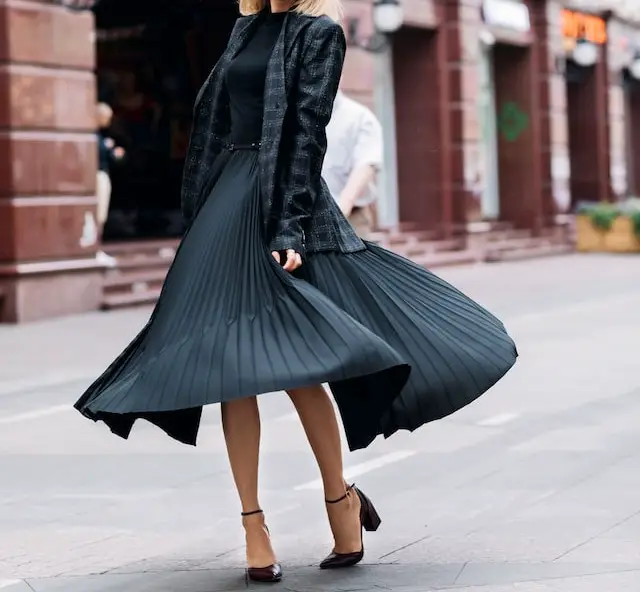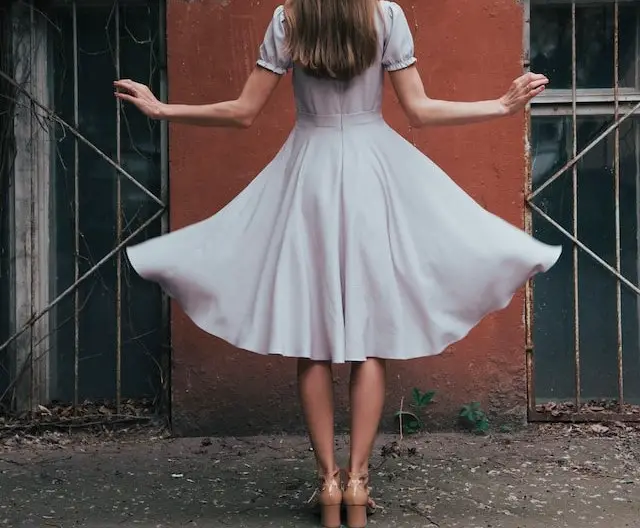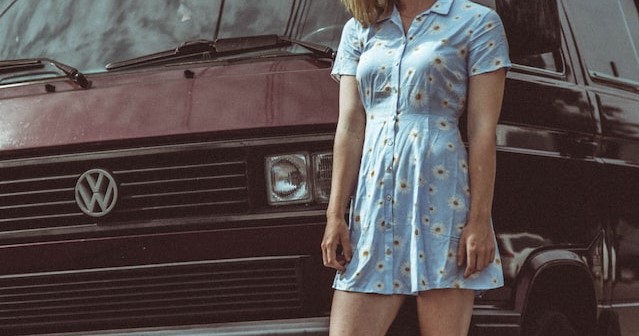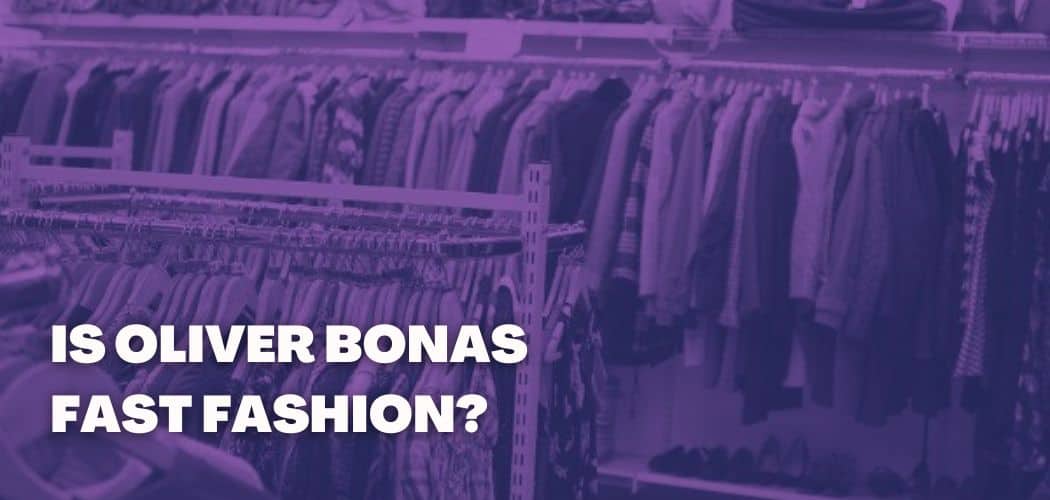We all love to shop and stay up to date on fashion. Wearing the hottest styles undoubtedly feels good, but it wouldn’t feel so good if we knew the impact those clothes have on our environment.
Every year the clothing industry produces a waste of at least ninety-two million tonnes, and eighty-five percent of the clothes end up in dumpsters annually.
The primary culprit behind this is fast fashion. Fast-fashion brands produce cheap clothes that align with the latest trends, tempting people to buy more. Many people wear those clothes once or twice and then discard them.
This toxic cycle has been going on for almost two decades. Now it has become a threat to our environment.
Fast fashion brands use cheap, synthetic fabrics and produce low-quality clothes. Synthetic materials are dangerous, whether they are in your closet or dumpsters.
Upon wearing, they release harmful compounds like phthalates that cause eczema, psoriasis, and cancer.
Every time you wash polyester or other plastic-derived material, it releases plastic microfibers that kill marine wash.
When in dumpsters, they take at least a hundred years to decompose and add to environmental pollution.
The process that goes into making these clothes is not any less disastrous. Fast fashion brands have a supply chain that uses forced and child labor.
Apart from this, the factory workers are abused and made to work overtime for insufficient wages.
The use of hazardous chemicals for producing and dyeing clothes is another problem. The gasses and chemical-laden water is discharged untreated.

A better future for our upcoming generations is only possible if we ban fast fashion brands. To do that, first, we need to know which brand is fast fashion and which isn’t.
Oliver Bonas is a lifestyle store based in the United Kingdom. The brand is famous for its scented candles, jewelry, and clothes. Bonas has been around since 1993, and today it has over eight stores across the United Kingdom.
Oliver Bonas survived the pandemic, and unlike other life store brands, it plans on expanding. That is great for the brand, but before we celebrate its expansion, we need to know whether Oliver Bonas is a fast-fashion brand or not.
To figure out, we need to dig deep into the brand’s policies and practices. First, let’s dig into fabrics the brand use.
The primary fabrics in Oliver Bona’s clothes are cotton, viscose, and polyester. There is no information regarding cotton coming from sustainable sources.
Viscose and polyester are nonbiodegradable fabrics that are a threat to our environment.
As if this isn’t disappointing enough, they have dresses made with plastic and polyester- a disastrous mixture!
Oliver Bonas launches new clothes very often. There is no concept of seasonal collections, and new styles come in every week.
All these clothes are trendy and affordable. You can easily find cute dresses on Oliver Bonas’ website for less than a hundred pounds.
Now, let’s address the brand’s supply chain and how fair the factory workers are treated. Oliver Bonas does not reveal the list of factories that produce its clothes.

There is a supplier’s code of conduct, but whether they follow it or not is uncertain. The brand claims to audit its supply chain but is not specific about what percentage it audits.
As far as fair wages and issues like child and forced labor are concerned, Oliver Bonas does mention those in its code of conduct.
The problem, however, is does not specify the minimum age for employees. ILO considers kids aged Fourteen old enough to work in factories. It is a possibility that Oliver Bonas employ kids that young.
Oliver Bonas received a lot of appreciation by becoming a member of the Living Wage Foundation in 2015.
But later, the brand ended this membership, meaning it probably does not pay minimum living wages to its supply chain employees.
All this information makes it clear that Oliver Bonas is a fast-fashion brand.
Is Oliver Bonas Clothing Ethical?
Oliver Bonas does not reveal the list of factories that produce its clothes. There is a supplier’s code of conduct, but whether they follow it or not is uncertain. The brand claims to audit its supply chain but does not specify the percentage it audits.
It mentions in its code of conduct that child labor is prohibited but does not define the minimum of the employees.
Since ILO considers kids aged fourteen old enough to work in factories, maybe the brand allows employment of kids that young.
Oliver Bonas received a lot of appreciation by becoming a member of the Living Wage

Foundation in 2015. But later, the brand ended this membership, meaning it probably does not pay minimum living wages to its supply chain employees. It does not mention the minimum salaries for its workers either.
The brand did not reveal any policies regarding safeguarding and assistance for its employees during the Covid-19 pandemic.
Oliver Bonas is a part of an Ethical Trading Initiative but let’s not be fooled by that. Some of the biggest names in the fast fashion industry are also part of the same bogus program.
For Oliver Bonas, our final verdict is that the brand is not ethical.
Is Oliver Bonas Cruelty-Free?
Oliver Bonas has its animal welfare policy on its website. The brand states that it is strictly against animal testing and does not test its products on animals during the manufacturing or final stage.
The website further states that Oliver Bonas does not pay any third party to carry out testing on the animals, and neither does the brand buy raw materials from sources that torture animals.
Oliver Bonas does not use fur, angora, down feather, mohair, and skin or hair of exotic animals in its product.
So does that mean Oliver Bonas is vegan?

The answer is No. Although the brand has faux leather products, it is not 100% vegan.
You will find several items on the website containing leather, sheep’s skin, and bone inlay. Oliver Bonas says these materials come from animals raised in a healthy environment, but their origin is untraceable.
From this, we conclude that although Oliver Bonas is kind towards animals, it is not 100% cruelty-free.

